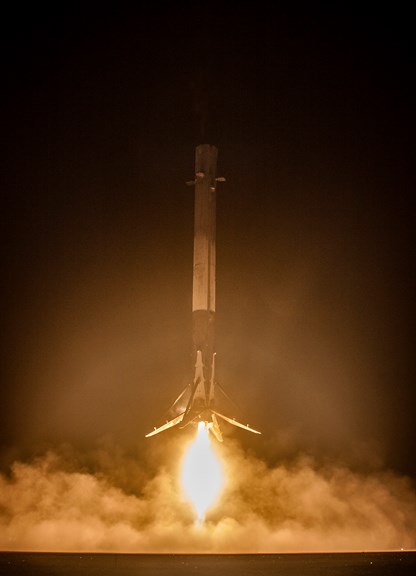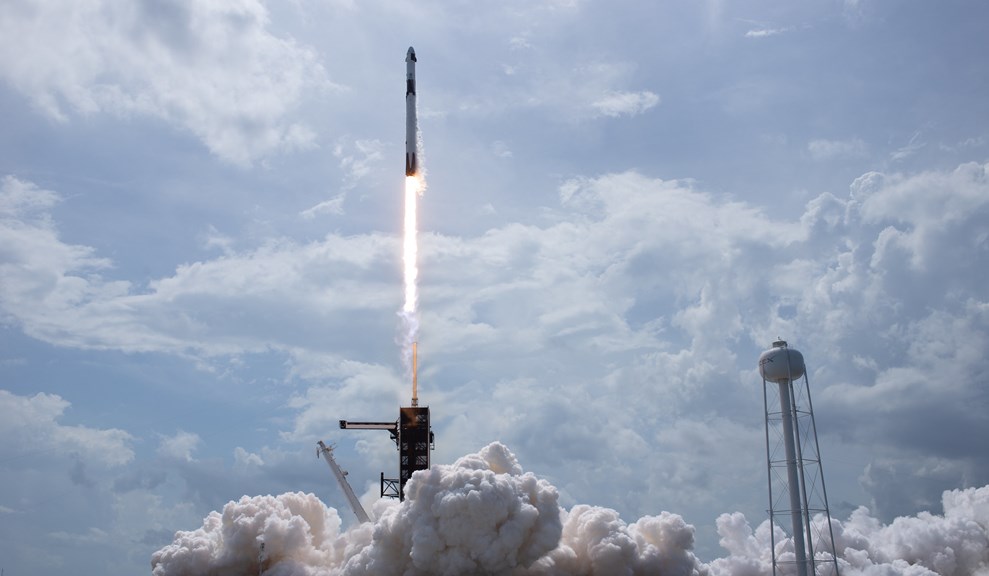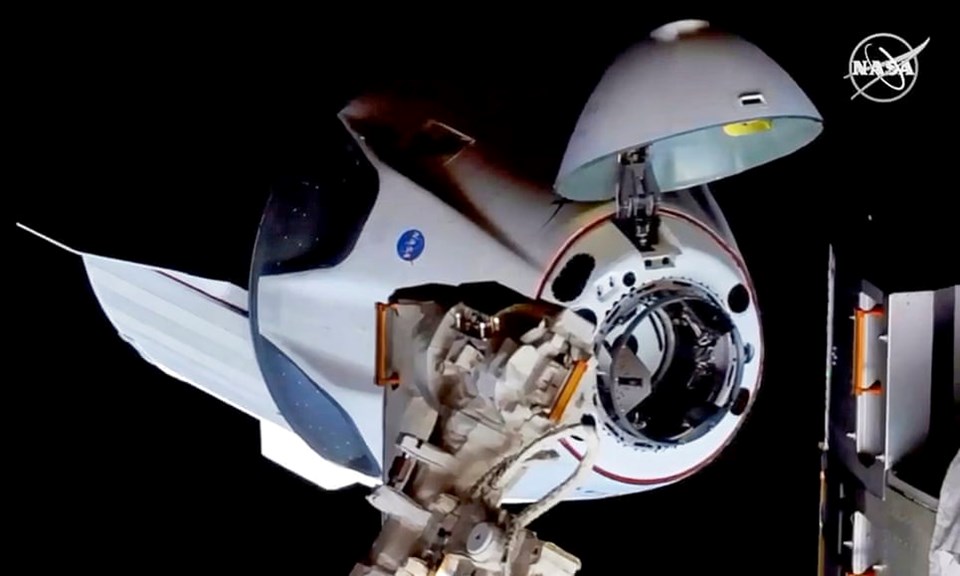SpaceX – Dragon launches and Falcon returns
A milestone in human exploration of near-Earth space occurred on with the successful launch on May 30th (US time) of the SpaceX’s Crew Dragon spacecraft atop a Falcon 9 rocket taking two NASA astronauts to the International Space Station in the first crewed launch from the United States since the end of the Space Shuttle in 2011.
The launch was a technological triumph in many ways. Dragon can be an autonomous vehicle controlled from SpaceX’s Operations Centre in Hawthorne, California. The craft can carry up to seven astronauts in a pressurised capsule with special cargo and is attached to service or trunk module. At end of mission the service section is detached for controlled burn up in re-entry, and the crew capsule (resembling a spacious Apollo Command Module from 50 years ago) returns in a classic splashdown at sea.
Reuse, Recyle, Refurbish
A remarkable feature of SpaceX’s Falcon rocket is the controlled return to Earth of its first stage. It performed a flawless vertical touchdown at sea on a drone landing pad. The refurbishment and reuse of first stages will be key to the success of the program as it will significantly reduce launch costs by eliminating wasteful once-only first stages.


